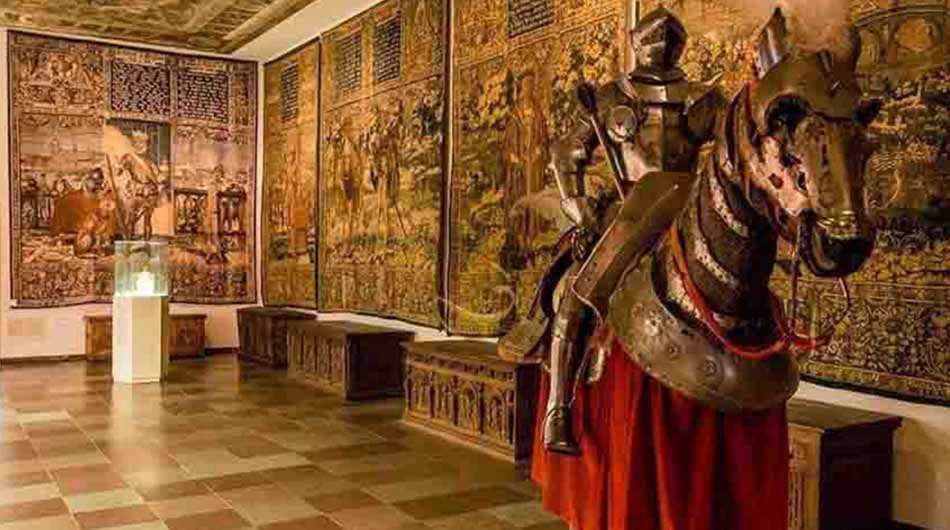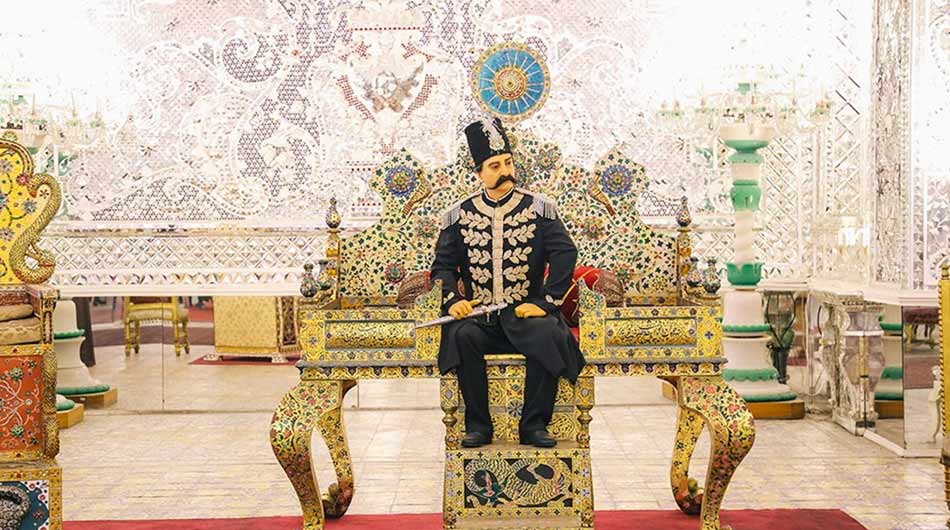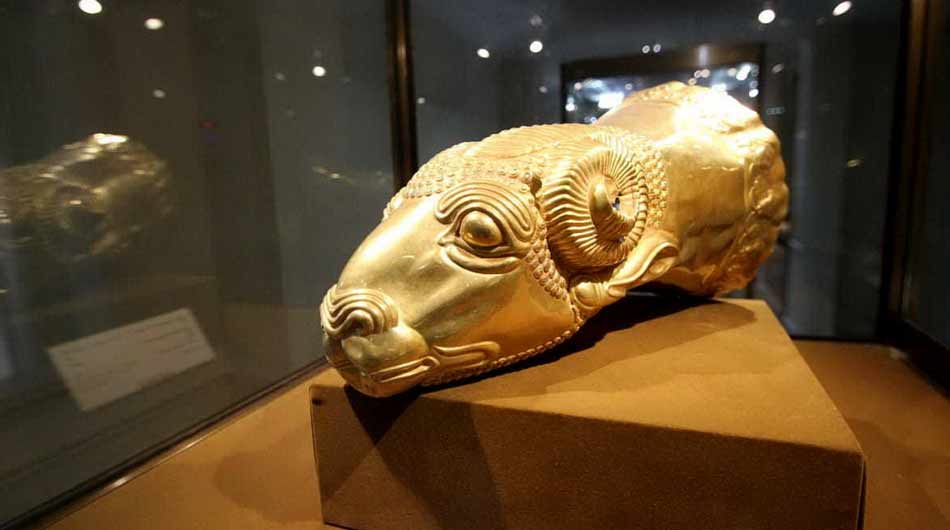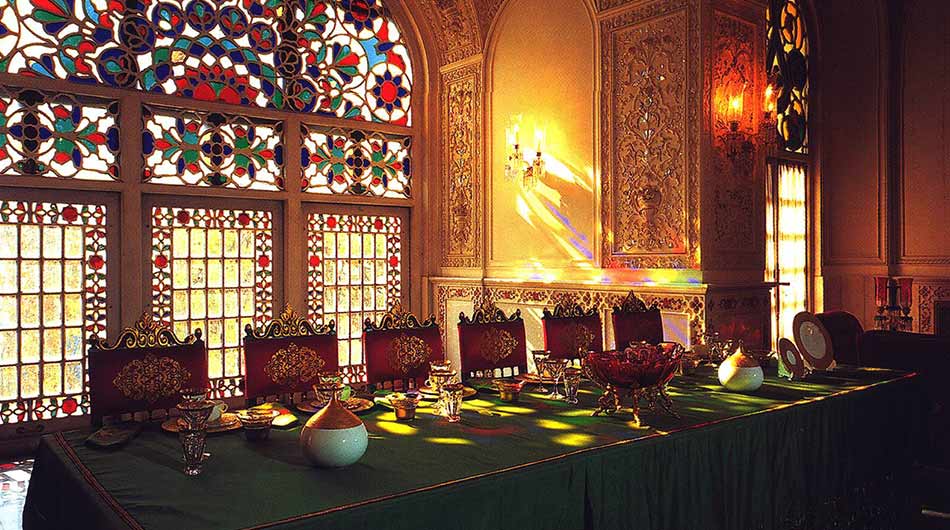Must-See Museums in Iran

Iran’s museums showcase its rich history, culture, and artistic heritage. From ancient relics to contemporary masterpieces, these institutions provide valuable insights into a nation that has made significant contributions to global civilization. Whether you’re exploring the galleries of the National Museum of Iran or admiring a handwoven Persian carpet, each experience deepens your appreciation for Iran’s diverse and vibrant culture. Be sure to visit these exceptional museums during your next trip to Iran!
1. The National Museum of Iran
Situated in Tehran, the National Museum of Iran is the oldest and largest museum in the country. Founded in 1937, it boasts a vast collection of artifacts that span from prehistoric times to the Islamic era. The museum is divided into various sections, with the Archaeological Museum being particularly notable, showcasing ancient Persian artifacts, pottery, and sculptures.
One of the museum’s highlights is the Cyrus Cylinder, a clay cylinder dating back 2,500 years and inscribed in Akkadian cuneiform, widely regarded as the world’s first declaration of human rights. The National Museum offers a fascinating glimpse into Iran’s rich history, making it a vital destination for those interested in understanding the roots of Persian civilization.


2. The Golestan Palace
A UNESCO World Heritage site, the Golestan Palace is a stunning complex in Tehran that captures the grandeur of the Qajar dynasty. Originally constructed in the 16th century, the palace has undergone multiple renovations, leading to a captivating mix of Persian architecture and European influences. The complex houses several museums, including the Museum of Decorative Arts and the Museum of Ethnography.
Visitors can wander through opulent rooms adorned with mirrors and intricate tile work, as well as beautiful gardens. The remarkable Takht-e Marmar (Marble Throne) and the exquisite Golestan Hall are must-see attractions. The Golestan Palace not only reflects the splendor of royal life but also provides unique insights into the artistic and cultural advancements of Iran during the Qajar period.


3. The Reza Abbasi Museum
Dedicated to Persian art, the Reza Abbasi Museum in Tehran is a true gem of Iranian heritage. Named after the renowned Persian painter of the Safavid era, this museum emphasizes art from both the pre-Islamic and Islamic periods. Its collection features miniatures, calligraphy, ceramics, and metalwork.
The museum is particularly famous for its extensive selection of Persian miniature paintings, which beautifully display intricate details and vibrant hues inherent to this distinctive art form. Additionally, it hosts temporary exhibitions featuring contemporary artists, ensuring a dynamic cultural experience. The Reza Abbasi Museum is a must-visit for those who appreciate the beauty and evolution of Persian art over the centuries.


4. The Contemporary Art Museum
Located in Tehran, the Museum of Contemporary Art (MOCAT) is a pioneering venue dedicated to modern and contemporary Iranian art. Opened in 1977, the museum features an impressive collection of paintings, sculptures, and installations by both Iranian and international artists. Designed by the acclaimed Iranian architect Kamran Diba, the museum building is itself a piece of art.
Visitors can explore a diverse array of artworks, including creations by renowned Iranian artists like Parviz Tanavoli and Monir Farmanfarmaian. MOCAT also frequently organizes temporary exhibitions, film screenings, and educational initiatives, establishing itself as a lively hub for contemporary culture in Iran. It offers a unique chance to engage with the vibrant art scene in Iran and address contemporary issues through artistic expression.


5. The Niavaran Cultural Complex
Nestled in northern Tehran, the Niavaran Cultural Complex is a charming estate that once served as the residence of Mohammad Reza Pahlavi, the last Shah of Iran. The complex encompasses several museums, including the Niavaran Palace Museum and the Sa’dabad Palace Complex.
The Niavaran Palace Museum showcases an impressive collection of artifacts, featuring paintings, furniture, and personal items belonging to the royal family. Surrounding the museum are lush gardens, creating a tranquil atmosphere for visitors. The Sa’dabad Palace Complex, known for its stunning architecture and lovely scenery, is also well worth a visit.



